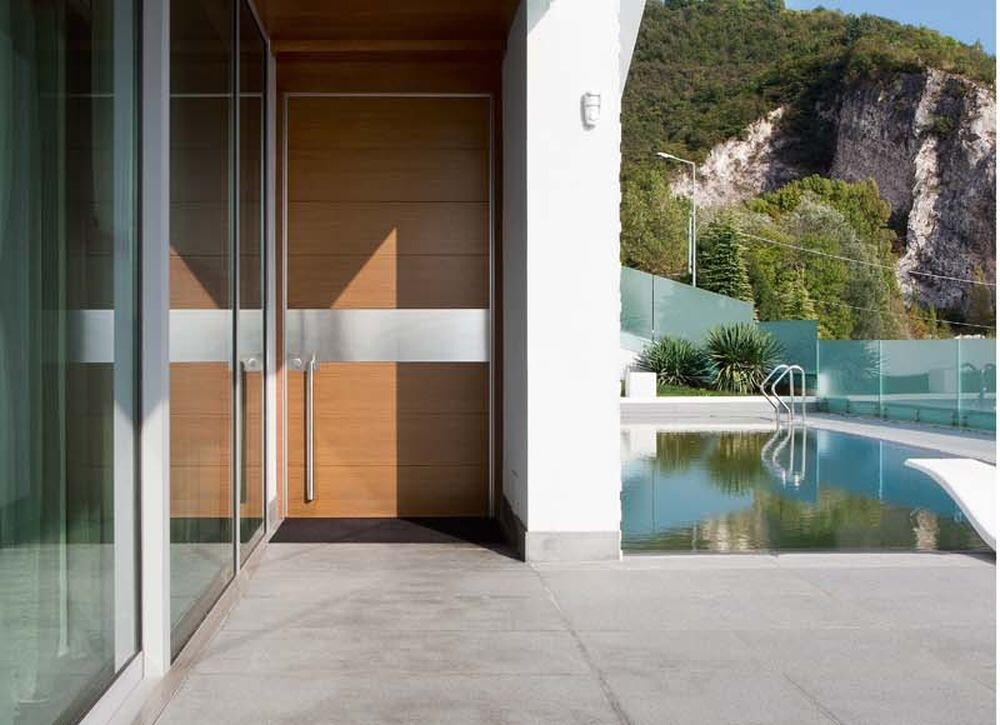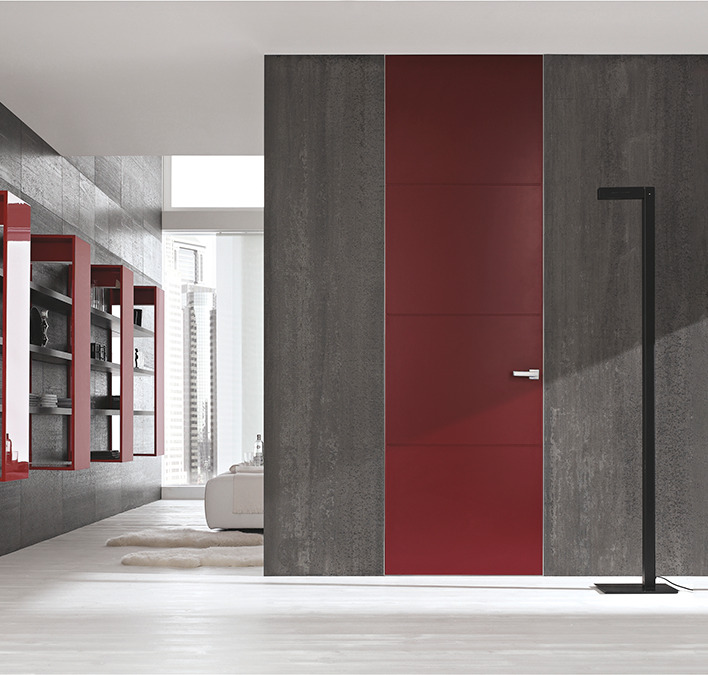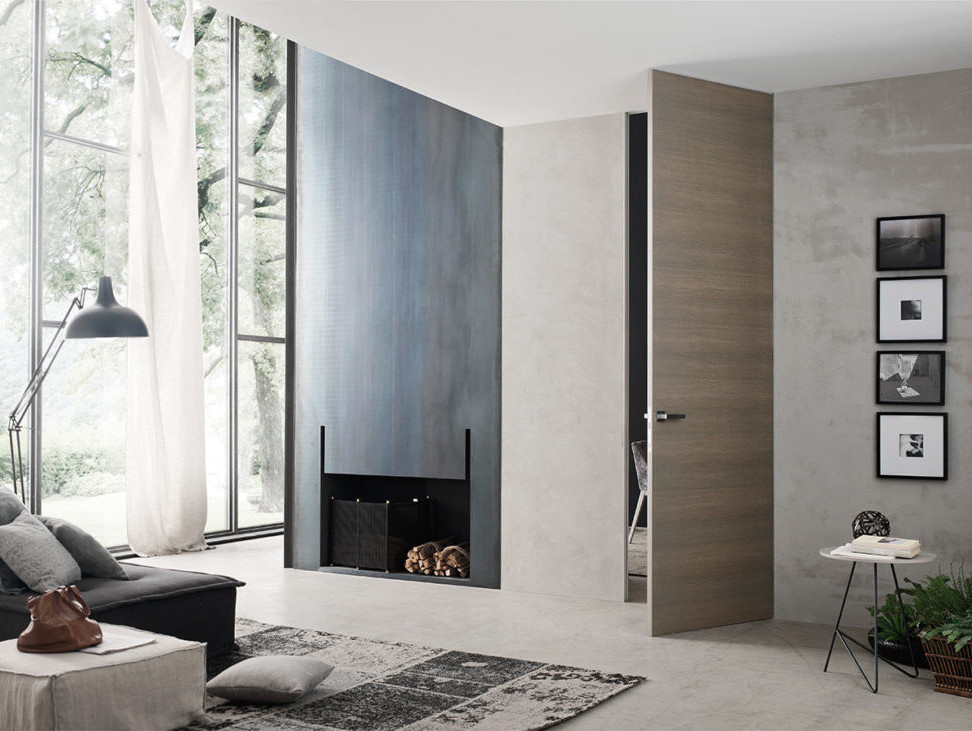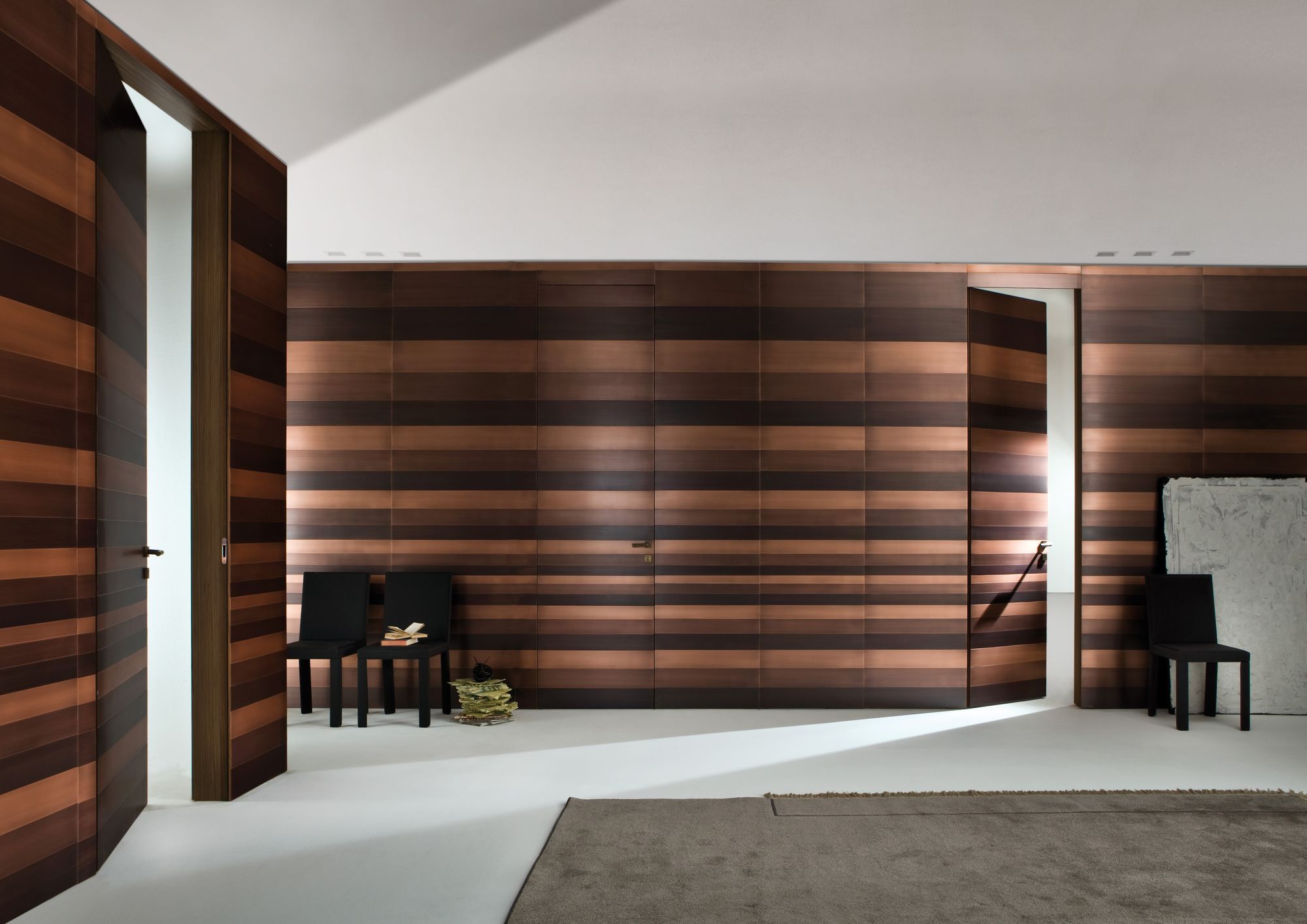Global Movement for Sustainability in 2019
You may have noticed an increase in popularity on sustainability, which is good news for all of us. There seems to be a global movement to be more conscious when it comes to the effect of our daily impact on the earth. Major designers are becoming sustainable, forward-thinking organizations are looking at sustainable practices as well.
But what is sustainability? How are businesses applying it in their daily routine? How can sustainability be introduced to the design? Let’s take a look.
Sustainability is “The quality of causing little or no damage to the environment and therefore able to continue for a long time”, affects the environment but also the creation of healthy and productive environments. Designers, architects, business owners, and consumers are becoming conscious of the need for goods and services to be produced in ways that do not use resources that cannot be replaced. Luckily this movement seems to be growing and major organizations have already begun taking an action.
Businesses are approaching sustainability by providing access to daylight, using green materials, even designating quiet areas for employees to take brakes and recharge. Offices are using materials in their designs that are meant to promote a calm environment. For example, allowing employees to have a designated area to complete their work outdoors promotes access to daylight which has known benefits of the increase in cognitive function. By major organizations taking the route to sustainability, architects and designers are approaching designs that reduce negative impacts on the environment and promote the health and comfort of building occupants.
In architecture, an important goal is energy efficiency over the lifetime of a building. For example, a well-insulated building will require less heat generating. Also, using materials such as reclaimed lumber that helps to reduce the energy consumption that goes into manufacturing new materials. Another example is prefabricated materials that ship finished to site which reduces the volatile organic compounds and air quality concerns of traditional drywall.
In design, this year Milan Design Week incorporated sustainable design. This sets samples for future designers and promotes ways on how to incorporate sustainability into such prestigious and big events like this one. Designers used only sustainable materials, recycling and reusing plastic, banana plant fibers, biodegradable materials, recycled PET bottles and fiberglass designs that can be dismantled and repurposed once the event is over. Carlo Ratti grew a series of arched structures from mycelium the fibrous root of mushrooms for his installation. The archways were shredded after the installation viewing and were returned to earth as compost.
There is an increase in sustainable design practices, recycled materials are being used, vegan design is becoming more popular. Designers are venturing in the use of innovative, earth-friendly materials. Ecological packaging is being considered for many brands.
And you may ask your self, how can I contribute to the sustainable movement and sustainability? Well, there are many easy steps you can incorporate into your daily routine. Shopping local businesses reduce the demand for transportation, congestion, and pollution. Using washable metal straws instead of disposable plastic. Refilling a glass bottle instead of buying bottled water, and by taking metal utensils for your lunch at work you are reducing the demand on plastic spoons and forks that go to waste regularly.
To cut consumption mindfully we gather some tips from a recent article published by Green New Deal/ Home Edition, author: mikeymikey
Link: https://m.dailykos.com/stories/1880366
According to the article, when purchasing anything new, consider asking yourself the following:
•Do I really need this?
•How much do I really need this?
•How soon will I tire of it?
•Do I already have something that can fulfill the same purpose?
•Is my purchase environmentally friendly?
•Before disposing of something, consider if it can be repurposed
•Use cloth bags for shopping
•Turn off lights as you leave rooms
•Donate used clothes
•Before purchasing, consider how successful something can actually recycle.
Recycling tips:
•Sort non-recyclables from recyclables and recycle according to type (plastic, glass, metal)
•Reduce size by crushing and folding to conserve room in the recycling bin (and truck)
And remember, the best recycling systems start small and build on sound foundations over time to become exemplary. As the saying goes – Rome wasn’t built in a day!





